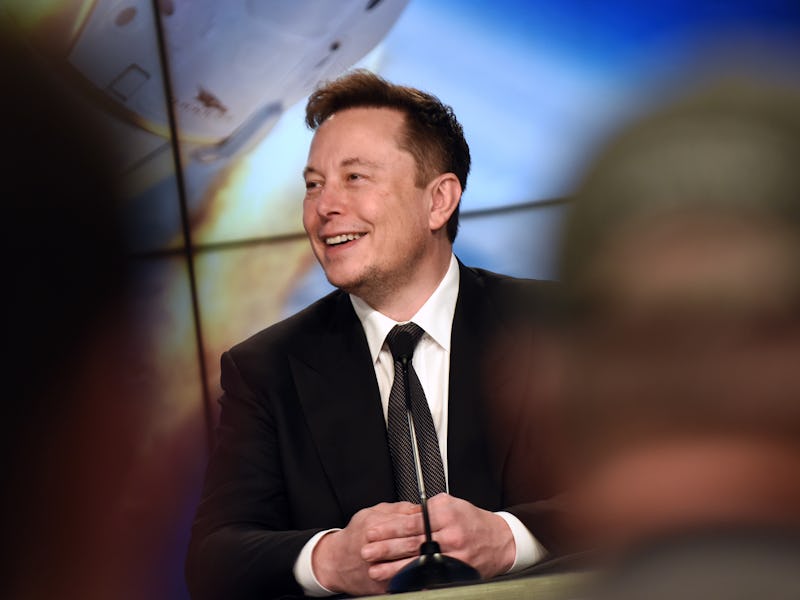SpaceX: Elon Musk aims for Mars-bound Starship to tackle more missions
The SpaceX CEO has big plans for future missions.

Starship, SpaceX's ambitious next-generation rocket, could take on more than just manned missions to Mars.
On Monday, CEO Elon Musk declared via Twitter that he also wants the upcoming ship, currently under development at the Boca Chica facility in Texas, to also tackle missions for NASA:
"Hopefully, Starship will have enough flight history to substitute for Dragon for NASA missions too"
The declaration is a key part of Starship's stated goals, and is part of the strategy for funding its ambitious goals like a city on Mars by 2050. The stainless steel ship is designed to be fully reusable, and its liquid oxygen and methane fuel sources mean astronauts could fly to Mars, harvest resources from the planet, and either return home or continue out further. It's a bold idea, but as Musk hinted Monday, SpaceX has even broader ideas in mind: it wants Starship to replace practically all of its rockets.
This plan dates back to September 2017, when Musk took to the stage at the International Astronautical Congress in Adelaide, Australia. Musk had outlined the Interplanetary Transport System at the event 12 months prior, and anticipation was running high that SpaceX would wow again. In the 2017 presentation, which covered a range of topics like how astronauts could harvest resources on Mars, Musk explained that its plans had shifted for its new rocket.
“The most important thing I want to convey in this presentation is that I think we have figured out how to pay for it,” Musk declared. “In last year’s presentation, we were really searching for how to pay for this thing.”
The goal with the Starship, then known as the BFR, was to support smaller-scale missions in low Earth orbit as well as farther-afield missions. That means it could replace the Falcon 9 and Falcon Heavy rockets used to send up satellites on a regular basis, and indeed reports in July 2019 suggested the firm planned to launch a satellite with Starship in 2021. It could also replace the Dragon capsule, used to ferry cargo to and from the International Space Station.
Artist rendering of the Crew Dragon.
These features, Musk explained, would enable it to reduce the cost per launch to much lower levels. It's still unclear exactly how much a Starship launch will cost, but Musk suggested in November 2019 it could cost the company just $2 million per flight including $900,000 for fuel and oxygen. A Falcon 9 launch costs around $62 million for the end-user, but it's unclear what the costs are for SpaceX. Musk compared it to a Boeing 747, which like the Starship can transport around 100 metric tons per flight. The 747 costs around $500,000 per flight, meaning the Starship costs just four times more to get into space.
SpaceX has been a key partner for NASA in recent years. In 2006 the agency chose SpaceX to develop its system for resupply missions. SpaceX undertook 20 missions in the first phase of the Commercial Resupply Services program, using the Dragon capsule to ferry equipment to and from the International Space Station.
The company is now working with NASA for two new Dragon-related capsules. The Dragon XL will be designed to support heavy loads of over 5,000 kg (11,023 pounds) for the lunar Gateway project designed to support NASA's next manned mission to the moon in 2024. The Crew Dragon will be used to transport people to and from the International Space Station, a big step for SpaceX which has never flown a human before.
Based on Musk's Twitter post, it seems the goal is to make projects like the Dragon XL redundant with Starship.
But SpaceX will need to prove its worth to NASA before it can use Starship for Dragon missions. Administrator Jim Bridenstine has been critical of the project: just before the full-size Starship prototype reveal in September 2019, he posted on Twitter that the Crew Dragon's related NASA program is "years behind schedule."